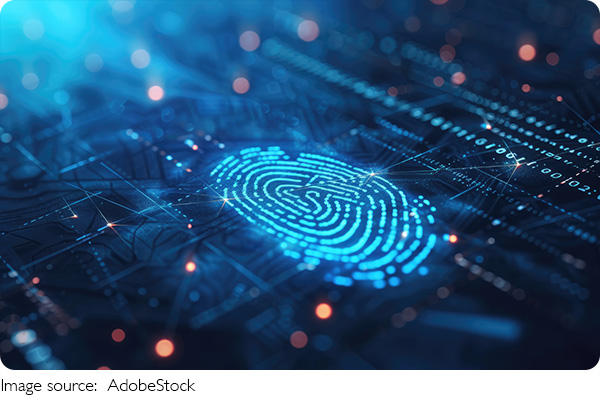Fingerprint Scan Button

Fingerprint scan buttons have become an integral part of modern technology, seamlessly blending convenience with top-tier security.
From smartphones to laptops, and even door locks, the fingerprint scan button is transforming how we interact with devices and protect personal information.
How Does a Fingerprint Scan Button Work?
A fingerprint scan button uses biometric technology to identify an individual based on the unique patterns found in their fingerprint. When you press your finger onto the scanner, the device captures an image of your fingerprint, analyzes the ridges and patterns, and matches it with stored data to verify your identity. The process takes just seconds and is highly accurate, making it a popular choice for secure authentication.
The Rise of Fingerprint Technology
The adoption of fingerprint scanning technology has skyrocketed in recent years. What once seemed futuristic is now a staple in everyday devices. Smartphones like the iPhone and Android phones were early adopters, integrating fingerprint sensors into their home buttons to unlock phones, make payments, and secure apps.
This convenience has now spread to other devices, including laptops, tablets, and even cars. Fingerprint scan buttons have also found their way into smart locks and security systems, allowing users to unlock doors without needing traditional keys.
Benefits of Fingerprint Scan Buttons
Enhanced Security: One of the biggest advantages of fingerprint scan buttons is their security. Unlike passwords or PINs that can be guessed or stolen, a fingerprint is unique to each individual. This makes unauthorized access much more difficult.
Convenience: No more fumbling for keys or remembering complicated passwords. A fingerprint scan allows you to access your device or secure area in seconds with just a touch. It's fast, efficient, and reduces the reliance on passwords.

Privacy Protection: Fingerprint scans add a layer of privacy to personal data. Many people store sensitive information, such as financial details and personal communications, on their devices. A fingerprint lock ensures that only authorized users can access this data.
Multi-Platform Usage: From phones to smart home systems, fingerprint scan buttons are highly versatile. They can be used across a range of platforms, making them a universal security tool.
Fingerprint Scans in Everyday Life
In recent years, fingerprint scan buttons have extended beyond mobile devices into various aspects of daily life:
Smart Locks: Many smart locks for homes and offices now use fingerprint scan buttons as the primary method of entry. This not only offers convenience but also significantly enhances security compared to traditional keys.
Banking and Payments: Some banking apps and payment platforms use fingerprint authentication to verify transactions. This ensures that only the account holder can authorize payments, adding a layer of protection to financial activities.
Healthcare: In the medical field, fingerprint scanners are being used to secure patient records and ensure that sensitive medical information is only accessed by authorized healthcare professionals.
Everything you need to know about FINGERPRINTS | Cool Facts | Science Video for Kids
Video By Big Bang Academy Kids
Are Fingerprint Scanners Foolproof?
While fingerprint scan buttons provide excellent security, no system is completely invulnerable. For example, if a fingerprint scanner is dirty or smudged, it may fail to recognize the print. Additionally, in rare cases, hackers can create fake fingerprints to bypass the system, though this requires a significant amount of effort and expertise.
That being said, fingerprint scan buttons remain one of the most secure and convenient methods of authentication available today.
Fingerprint scan buttons are quickly becoming the go-to choice for personal security. With their ease of use, heightened security, and widespread applications, they represent the future of secure, effortless access to our digital and physical worlds.

 · Information Team
· Information Team